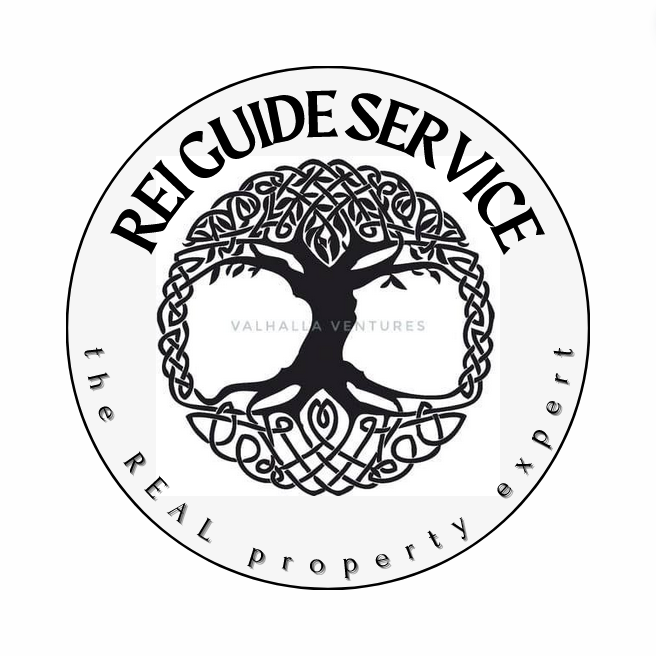Construction Estimating Basics: Real Risk, Real Costs, Real Strategy
This isn’t just about plugging in numbers. Estimating is about risk, spotting it, managing it, and not getting blindsided by what others miss.
If you don’t fully understand the scope, catch the holes in the plans, or realize how one spec tweak can blow up your budget, you’re gambling, not estimating. The real pros don’t just read the drawings, they dissect them, ask better questions, and dig into the gray areas where the real costs hide.
Keep your vendors and subs close. Materials fluctuate. Lead times shift. Pulling numbers from an outdated spreadsheet? That’s how margins vanish. You’re not just chasing price per square foot, you’re factoring in logistics, labor flow, and real-world jobsite chaos. If you're not, you’re leaving money on the table or setting the job up to fail.
And no, the estimate isn’t just a personal checklist. It’s the roadmap for the entire team. If it’s unclear, sloppy, or full of assumptions, you’re creating problems before you even pour concrete. Cover soft costs, build in contingency, and document everything. Clarity now saves disaster later.
Bottom line: estimating is where you win or lose. It’s not just math, it’s strategy. If you’re not approaching it that way, it might be time to work with someone who does.
1. Break Down the Scope Like a Lawyer
Don’t trust that the plans tell the full story.
Go line by line, space by space, and list what’s missing or unclear.
Ask: What’s not shown? What’s assumed? Who’s responsible for this detail?
2. Call Your Suppliers, Don’t Just Google Numbers
Prices and lead times change weekly.
Get current quotes for lumber, concrete, roofing, finishes, etc.
Ask about bulk discounts, delivery schedules, and potential delays.
3. Talk to Your Subcontractors Before You Finalize Anything
Labor is tight. Everyone’s booked.
Confirm availability, travel charges, minimum fees, and scope coverage.
Never assume their bid is all-inclusive, it usually isn’t.
4. Use a Master Estimate Template
Build or borrow a spreadsheet that includes:
Hard costs (materials, labor, equipment)
Soft costs (permits, insurance, architect fees)
Contingency (10–20% depending on job type)
Escalation buffer (if building past 3–6 months out)
5. Add Notes to Everything
If a number is a placeholder, label it.
If you’re unsure of scope overlap, highlight it.
Your estimate should explain itself even if you're not in the room.
6. Account for Access and Site Conditions
Muddy lot? Narrow street? No staging area?
Those issues kill timelines and inflate labor costs. Plan for it.
7. Never Rely on Old Data Alone
If you're pulling costs from a project 6 months ago, assume it’s wrong.
Verify against current market conditions.
8. Track Assumptions Separately
Make a list of all the “assumed” items in your estimate.
That’s your risk list. Present it. Flag it. Monitor it.
Blunt Truth:
If this already feels like too much to manage, it probably is. That’s why pros get paid. Working with someone who’s been through this a hundred times will save you from learning the hard way.

